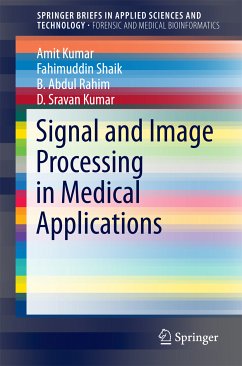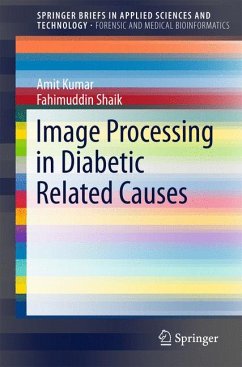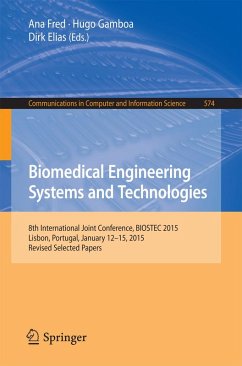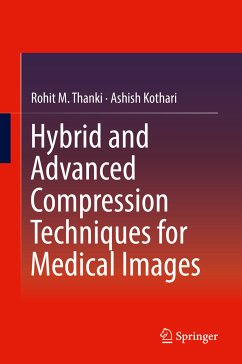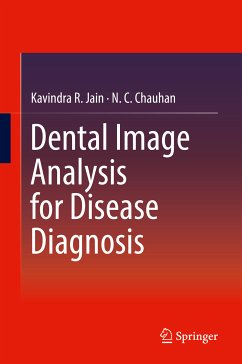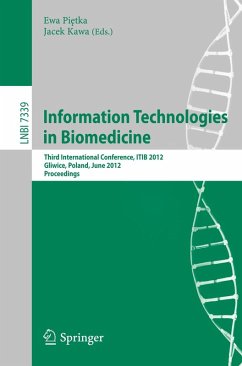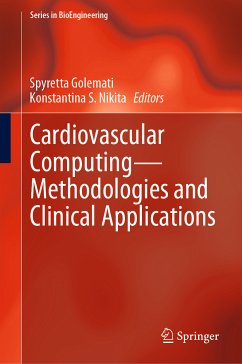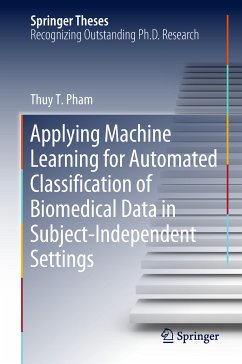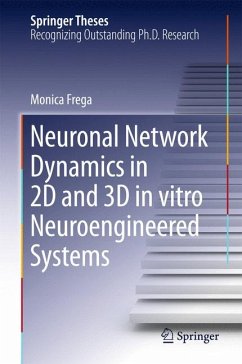
Artificial Intelligence in Label-free Microscopy (eBook, PDF)
Biological Cell Classification by Time Stretch
Versandkostenfrei!
Sofort per Download lieferbar
88,95 €
inkl. MwSt.
Weitere Ausgaben:

PAYBACK Punkte
44 °P sammeln!
This book introduces time-stretch quantitative phase imaging (TS-QPI), a high-throughput label-free imaging flow cytometer developed for big data acquisition and analysis in phenotypic screening. TS-QPI is able to capture quantitative optical phase and intensity images simultaneously, enabling high-content cell analysis, cancer diagnostics, personalized genomics, and drug development. The authors also demonstrate a complete machine learning pipeline that performs optical phase measurement, image processing, feature extraction, and classification, enabling high-throughput quantitative imaging t...
This book introduces time-stretch quantitative phase imaging (TS-QPI), a high-throughput label-free imaging flow cytometer developed for big data acquisition and analysis in phenotypic screening. TS-QPI is able to capture quantitative optical phase and intensity images simultaneously, enabling high-content cell analysis, cancer diagnostics, personalized genomics, and drug development. The authors also demonstrate a complete machine learning pipeline that performs optical phase measurement, image processing, feature extraction, and classification, enabling high-throughput quantitative imaging that achieves record high accuracy in label -free cellular phenotypic screening and opens up a new path to data-driven diagnosis.
Dieser Download kann aus rechtlichen Gründen nur mit Rechnungsadresse in A, B, BG, CY, CZ, D, DK, EW, E, FIN, F, GR, HR, H, IRL, I, LT, L, LR, M, NL, PL, P, R, S, SLO, SK ausgeliefert werden.



